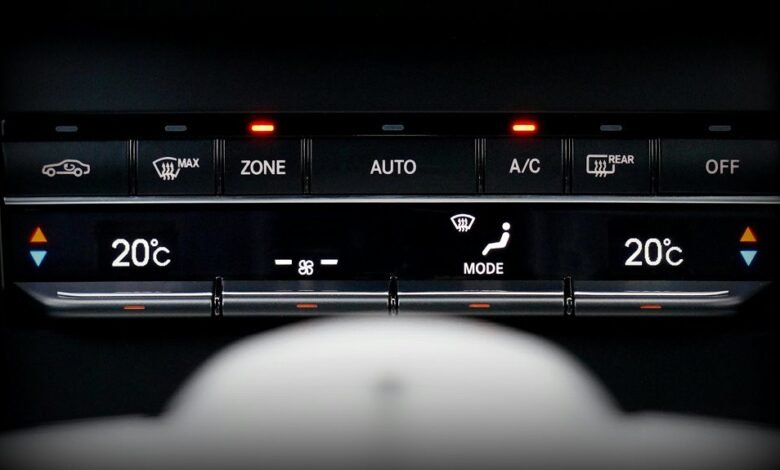How Many Degrees Is 50 Celsius: Converting 50°C to Fahrenheit

The conversion of temperature from Celsius to Fahrenheit is a fundamental process in various fields. Understanding the relationship between these two scales is crucial for accurate communication. The formula used for this conversion is straightforward yet essential. For instance, when one seeks to convert 50 degrees Celsius, the result is indicative of a significant temperature shift. However, the implications of this conversion extend beyond mere numbers, prompting further exploration into its practical applications.
Understanding Celsius and Fahrenheit Scales
While many people are familiar with the concept of temperature, few may fully understand the distinctions between the Celsius and Fahrenheit scales.
Celsius, established in the 18th century by Anders Celsius, is based on the freezing and boiling points of water.
In contrast, Fahrenheit, developed by Daniel Gabriel Fahrenheit, utilizes a different point of reference, emphasizing the importance of historical context in temperature measurement.
The Formula for Temperature Conversion
To accurately convert temperatures between the Celsius and Fahrenheit scales, one must apply a specific mathematical formula that reflects the relationship between the two systems.
This formula involves multiplying the Celsius temperature by 9/5 and then adding 32.
Understanding these conversion methods is essential for anyone navigating different temperature scales, ensuring accurate communication and comprehension in various contexts.
Converting 50°C to Fahrenheit
Converting 50°C to Fahrenheit requires the application of the established temperature conversion formula.
By utilizing the formula ( F = frac{9}{5}C + 32 ), one can determine that 50°C equates to 122°F.
This conversion highlights significant temperature differences between Celsius and Fahrenheit scales, facilitating accurate comparisons in various contexts, such as scientific research and everyday usage, where understanding these scale comparisons is essential.
Practical Applications of Temperature Conversion
How can temperature conversions enhance practical decision-making across various fields?
Accurate conversions allow individuals to understand temperature effects on materials and processes, such as cooking implications where precise heat levels determine food safety and quality.
In scientific research, temperature conversion is crucial for experiments requiring consistency.
Thus, mastering conversions empowers individuals to make informed choices, promoting efficiency and safety across various domains.
Conclusion
In conclusion, converting 50 degrees Celsius to Fahrenheit demonstrates the distinct nature of temperature scales, yielding a result of 122 degrees Fahrenheit. This conversion is particularly relevant, as studies indicate that a mere 1-degree difference in temperature can significantly impact weather patterns and climate systems. Understanding these conversions not only aids in everyday scenarios but also enhances scientific communication, ensuring accuracy across diverse fields such as meteorology, cooking, and healthcare.





